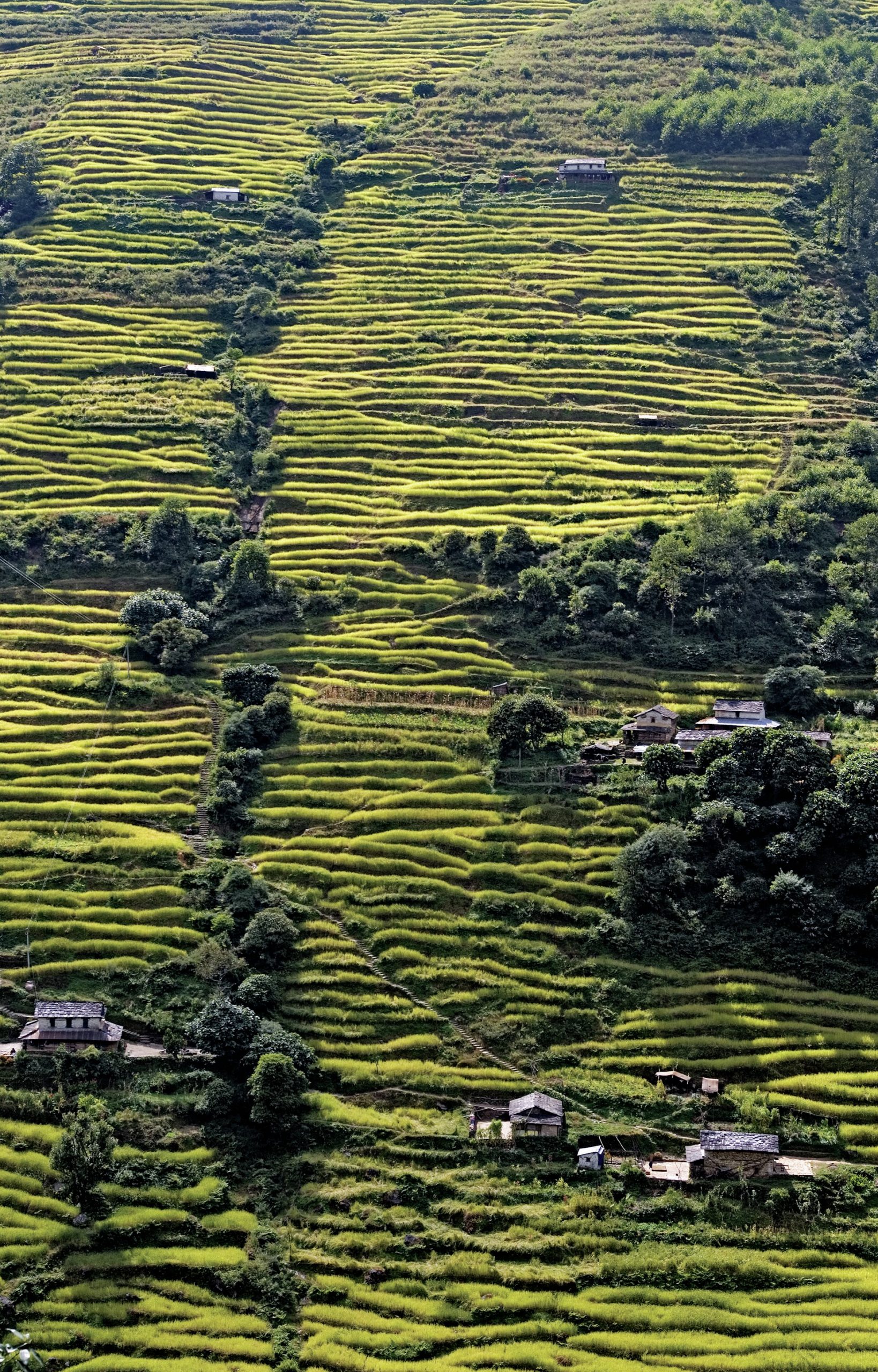
Nepal is a less developed, landlocked country located between India and China (see Figure 1 and Box 1). The poorest regions of Nepal are the mid-western and farwestern regions, where nearly 60% of the population live below the poverty line. In these remote hill and mountain zones, the terrain is rugged, rainfall is low and the poor-quality soil is difficult to farm. Over 80% of the population is rural, and agriculture is a major driver of the economy, contributing 34% of GDP and employing two-thirds of the workforce. Many households are dependent on subsistence farming for their livelihoods, and household food insecurity and poor nutrition are major concerns in these areas, where about half of children under 5 years of age are undernourished.
The Great Himalayan Range in the north of Nepal reduces access to remote areas, and increases marginalisation of their populations. Being landlocked also has an impact on the economy of Nepal. Jeffrey Sachs (a leading US economist) argues that, despite technological improvements in transport, landlocked developing countries face significant challenges in accessing world markets. He points out that the average gross domestic product (GDP) per capita of landlocked countries is approximately 57% that of their neighbours which have a coast. This means that, on average, landlocked countries have a GDP that is about half that of countries which have access to the sea.
Your organisation does not have access to this article.
Sign up today to give your students the edge they need to achieve their best grades with subject expertise
Subscribe




